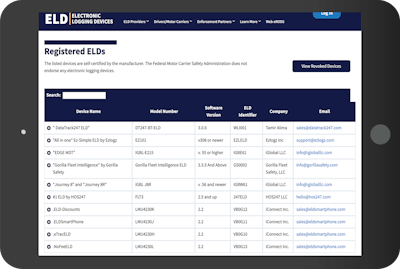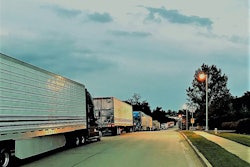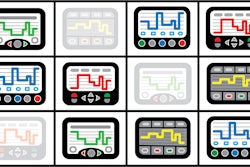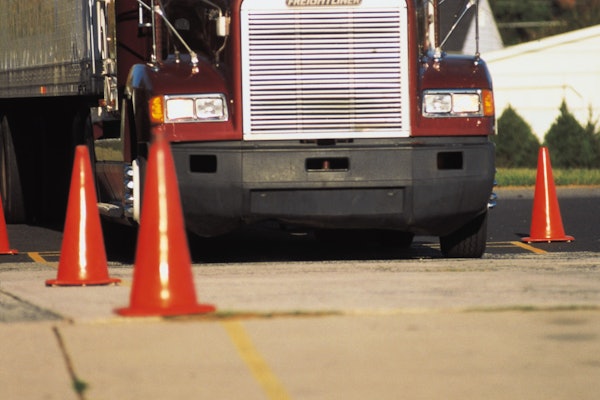Previously in this series: Owner-operators, some already forced to switch ELD providers, stare down turbulent e-log market

Owner-operators and small fleets must use an e-log system listed in the Federal Motor Carrier Safety Administration’s electronic logging device registry to be compliant. But if providers fold and consolidate in the coming months, and as a new hours of service rule takes effect in September, can FMCSA ensure the list remains up to date?
Just as they’re required to list their devices in the registry as conforming to the mandate’s hardware and software specs, vendors also are required to remove any devices they no longer support.
However, as this series has noted, many devices in FMCSA’s registry are from small providers already struggling with customer support and regulatory compliance, so it’s not clear whether they would bother to de-list their devices if they end service. It’s also not clear how actively FMCSA will police the registry listings. The agency received criticism after creating the registry for its hands-off approach, saying it expected the vendors to “self-certify” by posting only devices that are compliant.
ELD vendors are required to have their most current software version and a phone number listed in the registry. In addition to making cold calls to providers to check up on them, FMCSA does follow-up with vendors when a user flags the service as non-compliant, non-functional or no longer in service. “If they can’t get a hold of you or obviously you aren’t getting that communication, you could be de-listed,” said Mike Ahart, vice president of regulatory affairs at Omnitracs.

An FMCSA spokesperson confirmed the agency has the authority to remove vendors and devices, but that it has not revoked any so far. There are several devices listed as “self-revoked,” the spokesperson said, and “as we find out vendors are discontinuing ELD devices we work with them on the self-revocation process. If necessary, the agency can use the removal process” spelled out in the ELD rule.
But the job of keeping up the registry is a big task, and there could be significant lag time between when a provider ends its support and when the product gets listed as non-active in the registry, contends Travis Baskin, head of regulatory affairs at KeepTruckin. “Credit to the agency for doing a lot of very hard work,” he said. “But their plate is very full.”
Owner-operator Chuck Clark, who runs a Blue Ink ELD in his 2003 Freightliner Classic, said the self-certification registry has created confusion and headaches among those like himself tasked with picking a device. Too many operators chose devices that didn’t work properly, despite being listed in the registry, he said.
“I think that’s a big mistake the government made,” he said. “They shouldn’t have allowed that. They shouldn’t have allowed 500 companies to come in.”
There’s also no regular re-certification period required of ELD providers, said Ahart, such as an annual requirement that vendors attest their devices are active and supported. That means FMCSA’s only tool for weeding out potentially non-supported devices is through its phone call process.
“There has to be something that comes to the attention of FMCSA somehow,” Ahart said. For a provider with relatively few customers, fewer opportunities exist for those devices to be checked, and in a sense validated, during roadside inspections.
Next in this series: After ‘ELD scars,’ savvy owner-ops look for functionality, features, privacy in choosing e-logs













